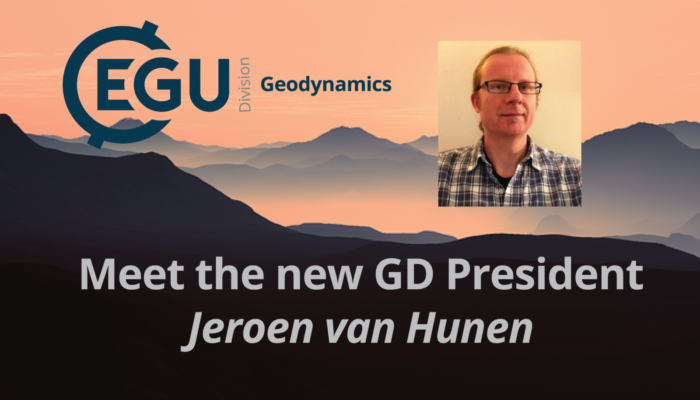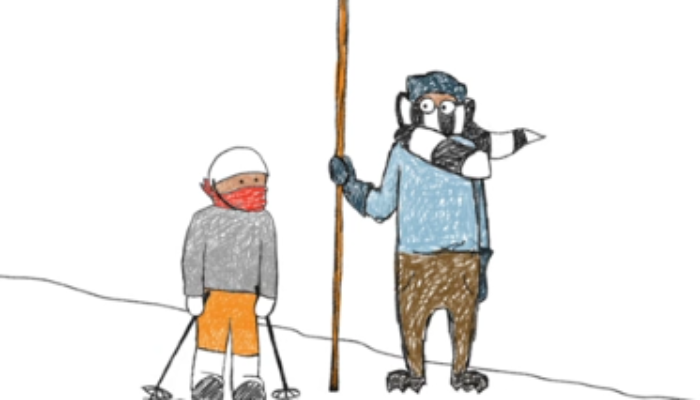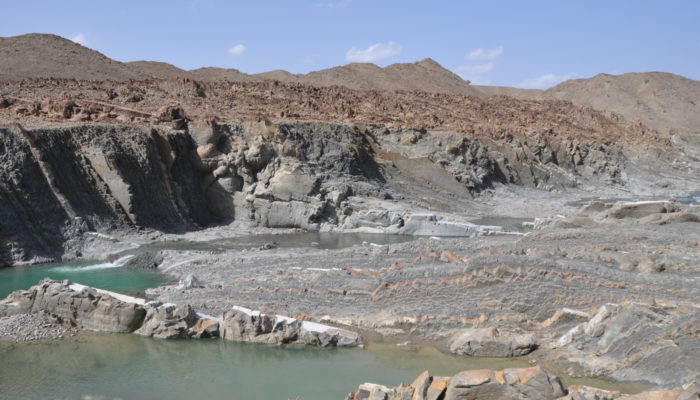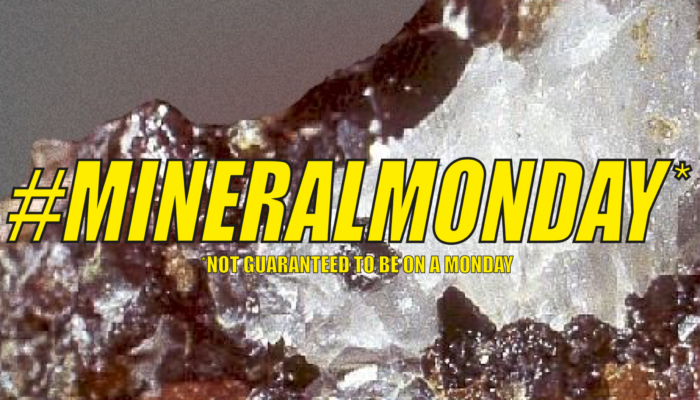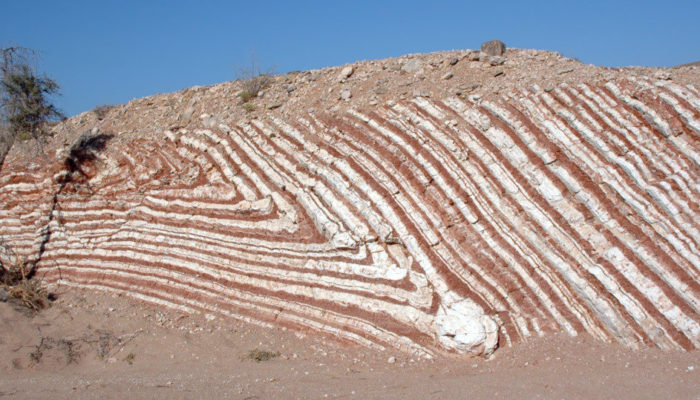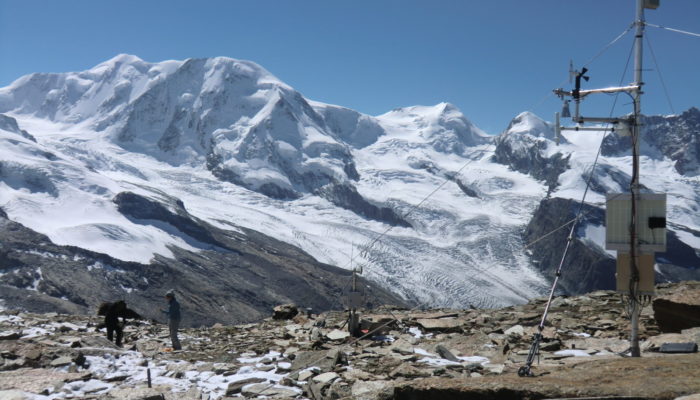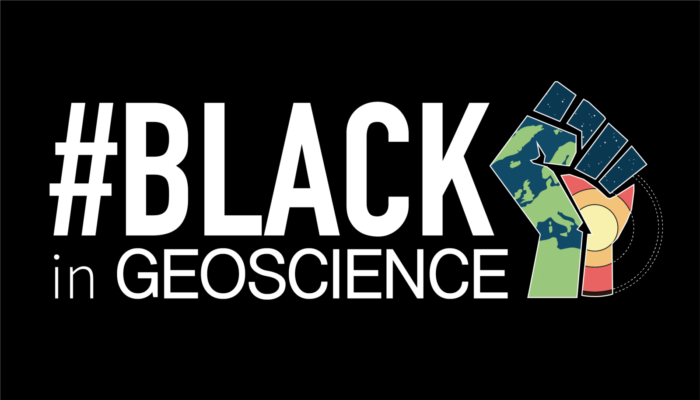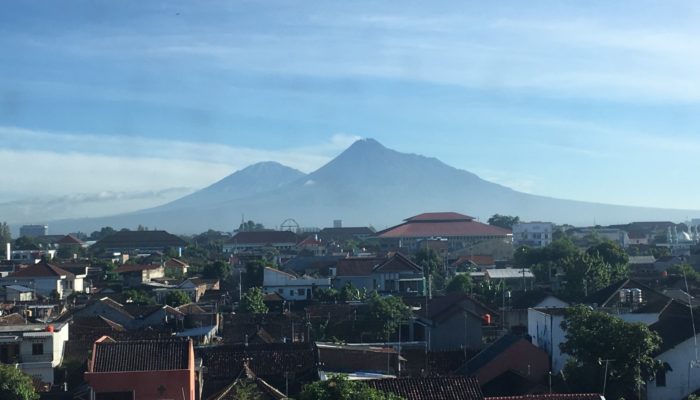This week on the EGU GD Blog, we interview the newly elected incoming Geodynamics Division President, Jeroen van Hunen (Durham University). Jeroen takes on the role for 2021-2023, from Paul Tackley (ETH Zürich). Jeroen is a Professor within the Department of Geosciences, including the Geodynamics, Geophysics, and The Solid Earth research groups. He is originally from the Netherlands, having studie ...[Read More]
Hydrological Sciences
A university class with a somewhat different approach
We all know it: the heart of many Master level courses is the term paper, a scientific essay drawn from the students’ work during the semester. It is a way of teaching students not only the content, but also the methodology of scientific work. And to keep them occupied during the semester break, of course. But last semester one of our courses took a slightly different approach. After writing a pr ...[Read More]
Tectonics and Structural Geology
The Makran accretionary wedge: an ideal natural laboratory to study accretionary processes.
How does an accretionary wedge form? For this edition of Minds over Methods, we have invited Jonas Ruh, lecturer in the Structural Geology and Tectonics group of the Geological Institute at the Department of Earth Sciences, ETH Zürich, to tell us about the Makran accretionary wedge, one of the largest on Earth. He explains how the use of field observations and numerical modelling helped him to bet ...[Read More]
Geochemistry, Mineralogy, Petrology & Volcanology
#MINERALMONDAY – we’re back with baksanite!
#MINERALMONDAY: your weekly dose of minerals every* Monday (* excluding the last few months of Mondays…). A lot of bad things have happened since the start of the year, but perhaps the least important of these is the complete lack of minerals every Monday. Don’t worry, we are back, and what better way to start than with baksanite, Bi6Te2S3. Why baksanite? Well, for the sake of sounding ...[Read More]
Tectonics and Structural Geology
Features from the Field: Chevron Folds
Folds are among the most strikingly beautiful structures we can observe in rocks. There are several ways folds may form in rocks. For instance, folds in sedimentary rocks may develop by liquefaction of soft sediments, but the most common way to produce folds – and also my favorite – is by deformation. When rocks are compressed by tectonic forces, layers (or foliations) bend and warp, p ...[Read More]
Cryospheric Sciences
Did you know… about the ice content in mountain permafrost?
Through the eyes of a researcher studying mountain processes in the European Alps in the context of a global warming climate, let’s discover how geophysical methods help to better understand frozen ground! Permafrost defines a thermal state, i.e. permafrost is soil, sediment, or rock that remains at or below 0°C during at least two consecutive years. As permafrost is only defined by its temperatur ...[Read More]
Geodynamics
The Sassy Scientist – Rock-‘N’-Roll
Aïda rummages around within the lavish ball pit of rock samples as often as not, but is left unsure which rock type should be her number one: What is your favourite rock? Dear Aïda, I’ll be honest with you. Yeah, I’m surprised too… I don’t occupy myself that often with constructing countdown lists of rock types, and simply consider all rocks as equally and most important. O ...[Read More]
Geodynamics
#Black In Geoscience
The last few weeks have been filled with devastating news – harrowing stories about the police killing black people. Racial inequalities and discrimination go far beyond current events. In science in general, and in the geosciences in particular, little progress has been made regarding diversity over the past few decades. This is both the result of deep-seated institutional racism (sometimes refe ...[Read More]
Tectonics and Structural Geology
Must-read papers in tectonics and structural geology – Introduction
The “TS Must-read papers” activity can be described as a virtual paper-discussion forum. A total of 103 voters within the TS community nominated 381 “Must read” papers researching topics within tectonics and structural geology, and we, early-career scientists with diverse backgrounds, a.k.a. the TS Must-read papers team (see below), promote in different media the contributions that were the most v ...[Read More]
Natural Hazards
NH Medallists episode III – Claire Horwell and her interdisciplinary work on volcanic emission hazards for human health
In today’s interview, we talk with Prof. Claire J. Horwell. Claire has been awarded the 2020 Plinius Medal for her outstanding interdisciplinary research on the respiratory health implications of inhaling volcanic emissions, and other particulates. my research focuses on protecting communities from exposures to potentially harmful airborne particulates Hi Claire, can you please briefly introduce ...[Read More]

